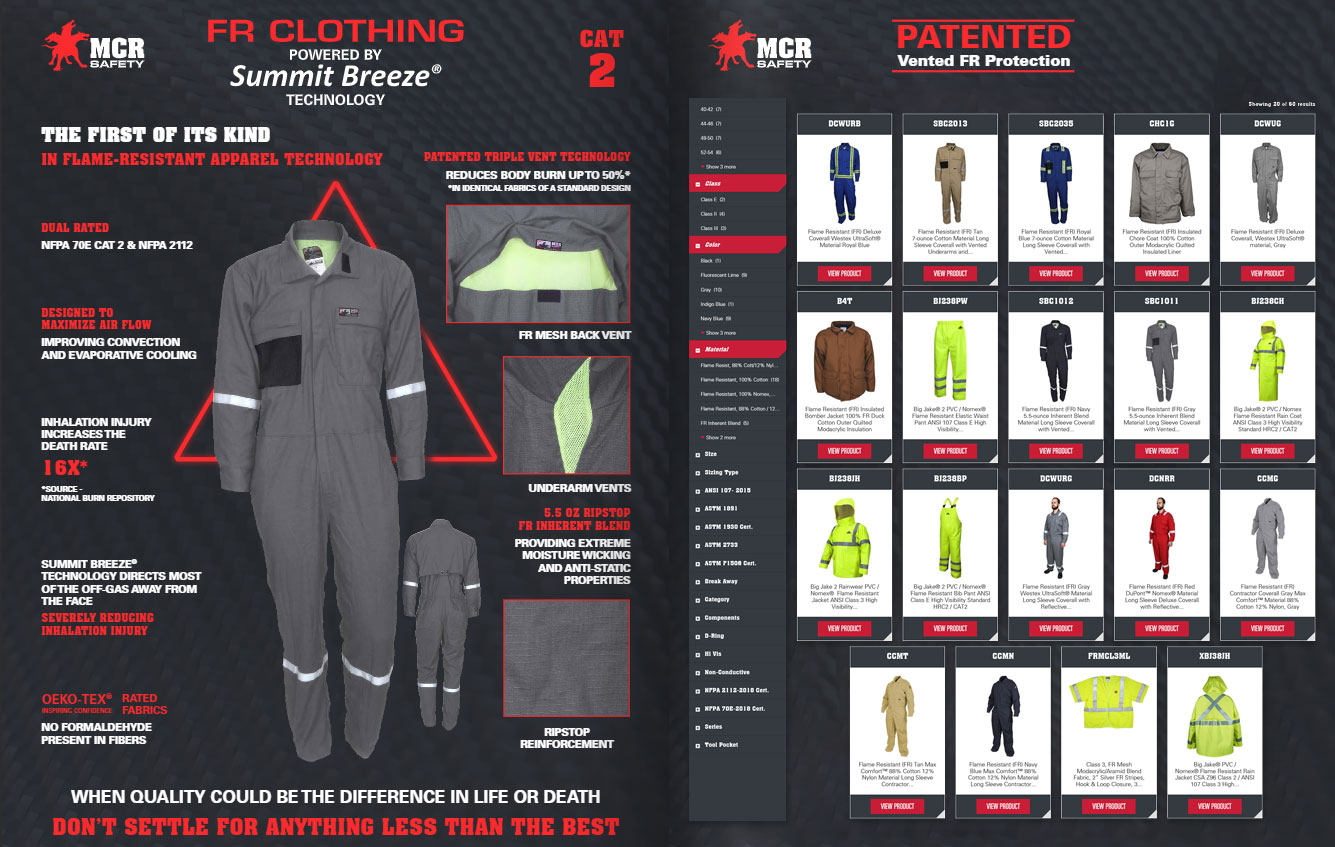

We know you have questions, it’s the way we learn. So, don’t ever feel as if something is too out there to be questioned. Here are the answers to some of the most common questions we get.
FR is an acronym for Flame-resistant. It denotes that a garment’s material has the ability to self-extinguish upon the elimination of an ignition source.
FRC is an acronym for Flame-resistant clothing. You will find these letters used often when highlighting apparel with flame-resistant properties.
A hazard analysis should be conducted by either an individual or an EHS safety professional. As with most products, the more advanced safety gear provides the highest protection. Summit Breeze® Technology provides users with FRC that scores the lowest burn rate score for flash fires. For electrical workers and linemen, Cat 2 products are used roughly 90% of the time.
Arcs can be initiated by a variety of causes: 1. wrongly believing equipment is de-energized when you begin to work on it; 2. dropping or improperly using tools or equipment components in energized equipment; 3. dust, water, or other contaminants accumulate and cause insulation breakdown; 4. connections loosen, overheat, reach thermal runaway, and fail.
Most FR garments can be laundered at home using regular detergents and procedures. FR garments prohibit the use of chlorine bleach for a variety of reasons, and should be laundered separately. Fabric softeners are discouraged. Be sure to check out our laundering page for all information related to this subject.
A flash fire spreads rapidly through a diffuse fuel, such as dust, gas, or the vapors of an ignitable liquid, without the production of damaging pressure. Flash fires typically last three seconds or less but are fast-moving and intense. The severity of a flash fire is contingent on environmental factors such as the fuel available and the efficiency of combustion.
Flame-resistant clothing (FRC) stops burning once the source of the flame or electric arc has been removed.
ARC ratings are described by ASTM 1506 as follows: An ARC rating is a value that indicates the ARC performance of a material or system of materials. It is either the ARC thermal performance value (APTV) or breakopen threshold energy (EBT) when the ATPV cannot be determined by Test Method F 1959. A garment’s ARC rating can be found on the interior tag below the collar.
The looser fitting the FR garment, the more thermal protection the clothing system will provide. Air is a very effective insulator; therefore, maintaining an air gap between the clothing and skin will improve thermal protection. However, a loose fit must be balanced against the hazard of clothing getting caught in moving equipment. Most FR products will shrink slightly and should be sized accordingly.
There are two standards to address flash fire hazards; both were developed by the National Fire Protection Association (NFPA). The first is the NFPA 2113 Standard on Selection, Care, Use, and Maintenance of Flame-Resistant Garment for Protection of Industrial Personnel Against Flash Fire (2007 Edition) and the second is the NFPA 2112 Standard on Flame-Resistant Garments for Protection of Industrial Personnel Against Flash Fire (2012 Edition). Together, these standards offer guidance to industry leaders on how to help protect workers against the hazards of a flash fire. We’ve developed an entire section for FR standards. To visit it, click here.
An employer establishes the HRC PPE level required and the ARC ratings required for specific jobs. An FR garment is selected based on the employer’s hazard analysis and risk assessment of potential energy forces found in work environments. For more on ARC ratings, please click here.
Sleeves should always be fully rolled down. Garments should always remain fastened. Outerwear must always be made of flame-resistant properties, nothing synthetic.
In no specific order, the main considerations for selecting FRC are: performance levels, overall comfort, durability, employee acceptance, appearance, ease of laundry care, color, and cost.
Always remember that FR garments are NOT fireproof. FR garments are designed to self-extinguish once the flame source has been removed. They don’t provide significant protection from burn injury in the immediate area of contact with an ignition source.
As long as the damage and resulting repair does not affect the integrity of the FRC, minor repairs can be made using sewn-on patches of like material.
With proper laundering care following the recommendations on the garment tag, flame-resistant properties last for the useful life of an FR garment. So, no, you can’t wash out the FR properties, if garments are washed according to the instructions.
Due to the process of chemical treatments and the use of inherent FR fibers like Nomex®, FR clothing will always cost more than non-FR clothing.
For those who require a little bit more technical FR information, such as FR fabrics and FR standards, you’ll notice below links to our FR Knowledge Center. You can directly navigate to the resource page for that specific topic from here.
You’ll also notice below an image to our entire online FR Clothing catalog! Click the image to start viewing our FR product assortment and begin filtering products to your specific needs. From here, you can also jump directly to MCR Safety gloves, MCR Safety glasses, and MCR Safety Hi-Vis garments.
Click one of the links below to learn more about that topic.

